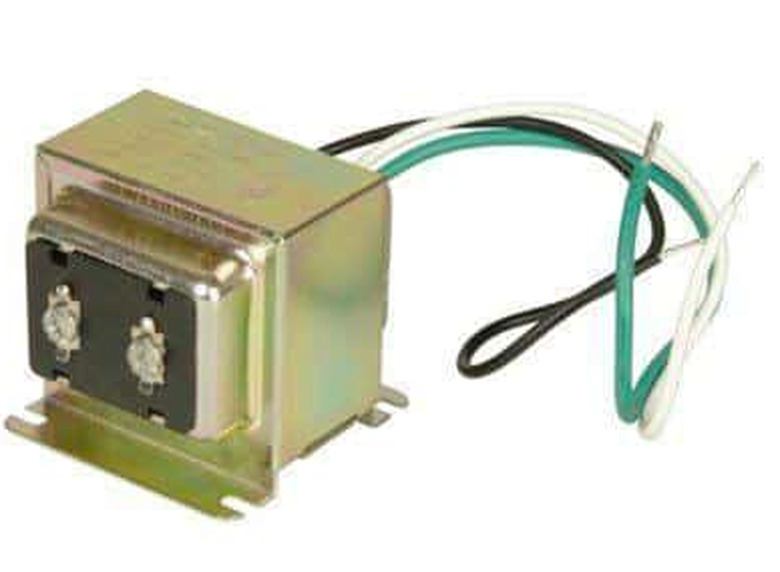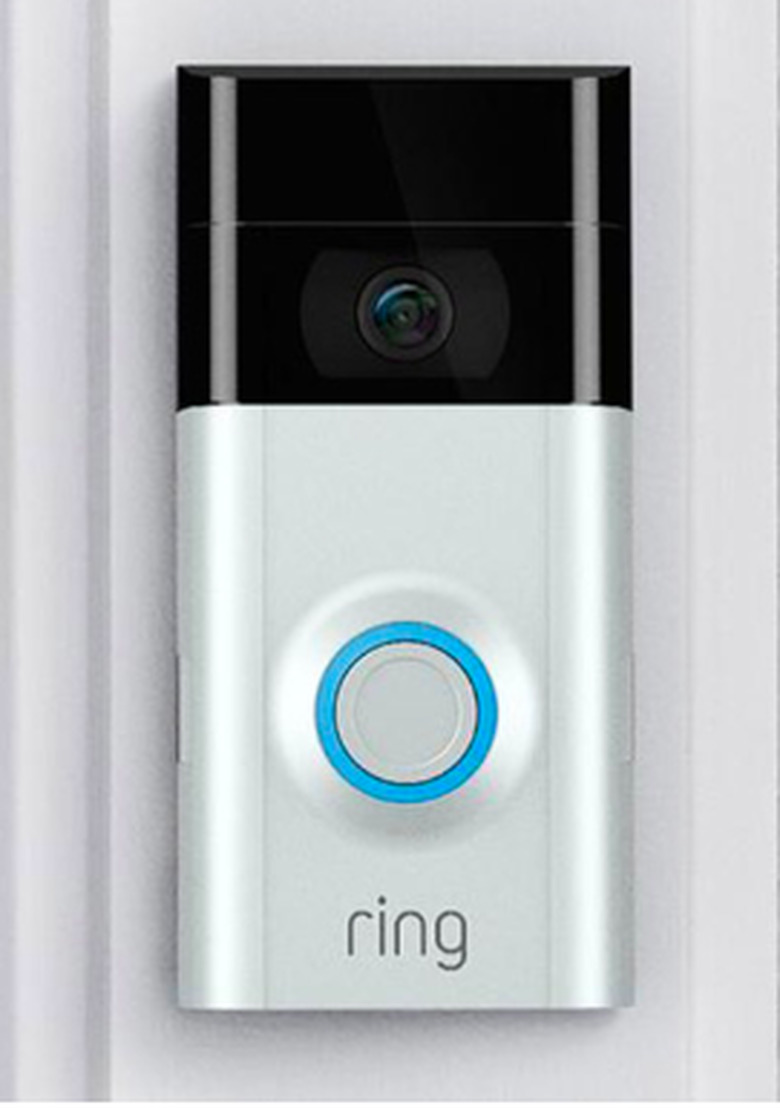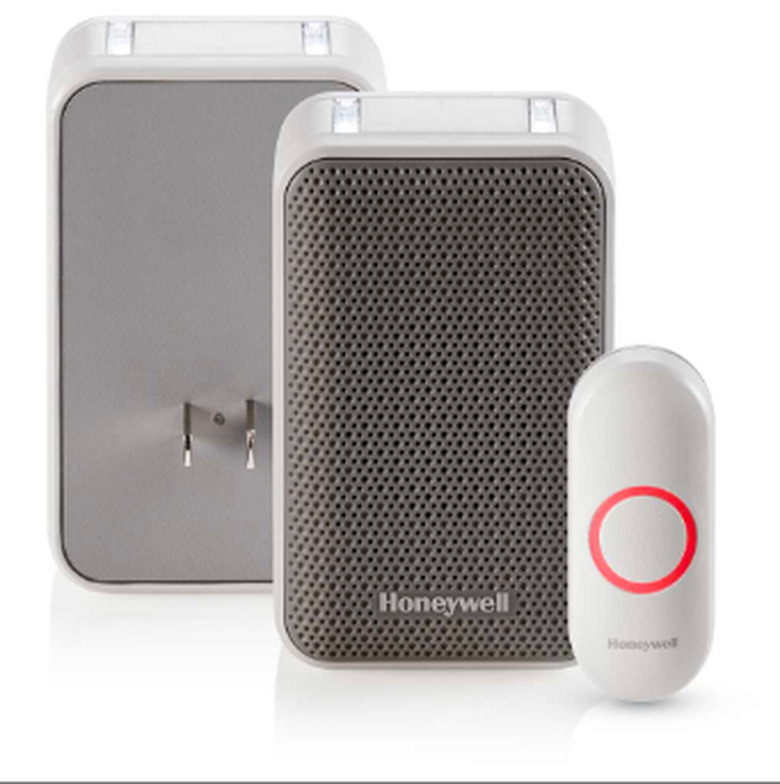Understanding Doorbell Systems
In North American residences, the sound of a doorbell has been the signal of a visitor for as long as anyone alive can remember. Virtually every house has one, although it isn't always operational. The doorbell came into existence almost as soon as electricity became available. Before that, there were door knockers and mechanical buzzers, but it the midst of the technological revolution that brought electricity to every household, it didn't take long for doorbells to replace them.
The traditional doorbell consists of a simple electrical circuit that operates at a voltage too low to drive up energy bills or injure anyone. This system was the only option until the introduction of wireless technology in the late twentieth century, and today, homeowners can routinely opt for models that don't require wires that run through the walls and baseboards. And now there are internet-capable doorbells that come equipped with cameras and webcams to replace the peepholes of yore. They allow you to identify your visitor so you can decide whether or not to open the door.
All doorbells have two things in common: a button located at the entry door and a signaling device that activates when someone presses the button. Traditional doorbell systems draw power from the home's electrical system and need a transformer to act as a power source. Wireless systems either plug directly into an outlet or run on battery power. They have become so sophisticated that they can alert you with an audio and visual signal before a visitor even presses the button.
Understanding and Troubleshooting a Traditional Doorbell Circuit
Understanding and Troubleshooting a Traditional Doorbell Circuit
The very first doorbells got their power from a large (by today's standards) battery, but as homes became increasingly electrified, the doorbell became a part of the home circuitry. The doorbell circuit draws its power from a small transformer that steps down the voltage from 120 volts to 12 or 24 volts. The transformer connects to the _chime_—the generic term for the signaling device—via a circuit that passes through the doorbell, which acts as a switch. When someone presses the button, the circuit closes, and the chime sounds. The wires that connect these components are smaller than those in the rest of the electrical system— usually 18- or 20-gauge.
When a doorbell of this type doesn't operate, more often than not the fault is with a doorbell button doesn't work. This could be the result of corrosion or wear, and the solution is simple and inexpensive: replace the button. The low voltage makes this a safe job to accomplish even when the power is on, provided you exercise reasonable care. Transformers can also wear out, and you can also replace them, although you do have to turn off the power to do this job. Sometimes the chime is at fault. It may have a striker that is sticking or some internal circuitry that is corrupted. The chime, too, is replaceable.
None of these parts is expensive, but before you replace any of them, you should conduct a continuity test on the wires when your doorbell doesn't work. Doorbell wires typically pass through parts of the house that rodents frequent, and small wires are a favorite snack item. If a continuity test performed with the transformer disconnected from power and the doorbell button pressed down reveals an open circuit, it's usually more efficient to run new wires from the doorbell to the transformer than it is to try to locate the break and fix it.
The Wireless Advantage
The Wireless Advantage
Battery-operated or plug-in doorbells eliminate the wires that run through the walls along with their inherent problems. In a wireless system, the doorbell button mounts to the wall beside the door, just like a traditional button. When you press it, it sends a radio signal to the chime, which can be located anywhere in the house, unless it's connected to a stationary speaker to amplify the sound. You can move the chime anywhere you want; you can put it in the bedroom, living room or even the bathroom. Wireless transmitters have a range from 250 to 600 feet, which is more than enough for a typical home.
Smile, You're On Camera
Smile, You're On Camera
With the development of micro-cameras and webcams, it was a no-brainer for doorbell manufacturers to incorporate them into doorbell buttons. The video signal can be transmitted by wire to a home monitor, but in the modern cyber world, it's more common for the doorbell to be connected to the internet via the home's router. Such "smart" doorbells come with software that, once installed on your laptop or mobile device, allows you to access the video signal from anywhere. You can even monitor the door from your mobile device when you aren't home. Some manufacturers incorporate smart doorbells with wireless technology and/or internet conductivity into home security systems.
Special Features and Things to Look For
Special Features and Things to Look For
Intercom. Some doorbell units include an intercom so you can communicate with your visitor without having to answer the door. This feature increases the size of the button and makes it more prominent and less decorative, and it adds to the cost of the system. You frequently see them in apartment complexes.
Motion detector. Expecting a parcel but don't want to it sit out on the curb to await delivery? A doorbell with motion detector can alert you via chime or video signal when your package arrives. Such doorbells warn you before someone even gets to the door. Like the motion detector on an outdoor security light, the sensitivity is adjustable, so you can limit the alerts to those generated by someone actually on your walkway and not just passing by on the public sidewalk.
Selection of chime melodies. The traditional ding-dong doorbell melody is so last-century. Today, you can buy systems that feature 50 or more melodies, so you can have a different one every day. You can program a Christmas carol, a popular tune, or, if you miss the days gone by, a traditional buzzer, bell sound, or—yes—a ding-dong. You can, even load some models, such as the Honeywell Series 9, with MP3 files from your music collection and have the doorbell play your favorite song.
Visual signal for the hearing impaired. Not everyone can hear a doorbell, and for those that can't, some wireless systems come with an attention-grabbing strobe. Whether plug-in or battery-powered, these systems are easy to install, and they include volume control and a menu of melodies.




